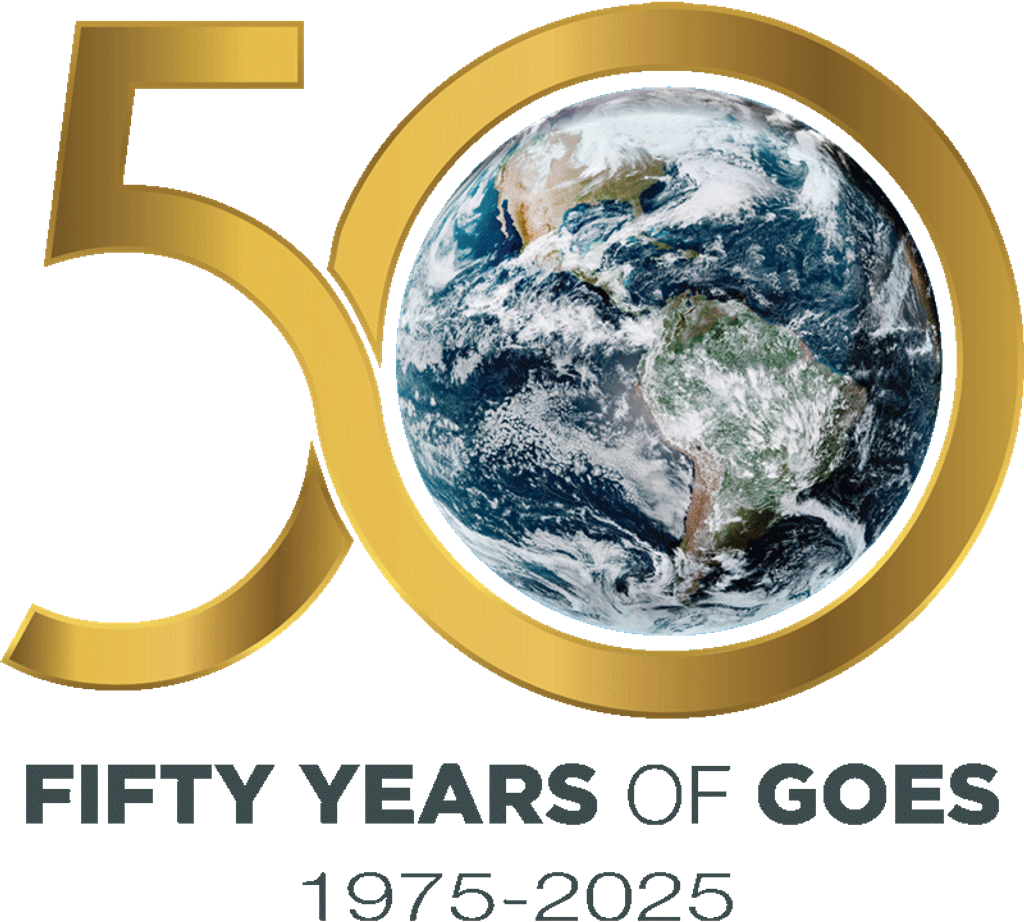1 min read
Identification of Exoplanet Host Star OGLE-2005-BLG-169 (Artist’s Illustration)

This graphic illustrates how a star can magnify and brighten the light of a background star when it passes in front of the distant star. If the foreground star has planets, then the planets may also magnify the light of the background star, but for a much shorter period of time than their host star. Astronomers use this method, called gravitational microlensing, to identify planets.
About the Object
- R.A. PositionR.A. PositionRight ascension – analogous to longitude – is one component of an object's position.18h 06m 05s.32
- Dec. PositionDec. PositionDeclination – analogous to latitude – is one component of an object's position.-30° 43' 57".50
- ConstellationConstellationOne of 88 recognized regions of the celestial sphere in which the object appears.Sagittarius
- DistanceDistanceThe physical distance from Earth to the astronomical object. Distances within our solar system are usually measured in Astronomical Units (AU). Distances between stars are usually measured in light-years. Interstellar distances can also be measured in parsecs.8,800 light-years (2,700 parsecs)
About the Data
- Data DescriptionData DescriptionProposal: A description of the observations, their scientific justification, and the links to the data available in the science archive.
Science Team: The astronomers who planned the observations and analyzed the data. "PI" refers to the Principal Investigator.The HST observations of OGLE-2005-BLG-169Lb were taken in conjunction with proposal 12541, PI: D. Bennett (University of Notre Dame), J. Anderson (STScI), I. Bond (Massey University, New Zealand), J.-P. Beaulieu (Institut d'Astrophysique de Paris), P. Yock (University of Auckland), P. Fouque (Observatoire Midi-Pyrenees), and T. Sumi (Osaka University). The science team comprises: D. Bennett and A. Bhattacharya (University of Notre Dame), J. Anderson (STScI), I. Bond (Massey University, New Zealand), N. Anderson and R. Barry (NASA/GSFC), V. Batista and J.-P. Beaulieu (Institut d'Astrophysique de Paris), D. DePoy (Texas A&M University), S. Dong (Kavli Institute for Astronomy and Astrophysics/Peking University), B. Gaudi (Ohio State University), E. Gilbert (NASA/GSFC), A. Gould (Ohio State University), R. Pfeifle (NASA/GSFC), R. Pogge (Ohio State University), D. Suzuki (University of Notre Dame), S. Terry (NASA/GSFC), and A. Udalski (Warsaw University Observatory) - InstrumentInstrumentThe science instrument used to produce the data.HST>WFC3/UVIS
- Exposure DatesExposure DatesThe date(s) that the telescope made its observations and the total exposure time.October 19, 2011
- FiltersFiltersThe camera filters that were used in the science observations.F438W (B), F555W (V), and F814W (I)
- Object NameObject NameA name or catalog number that astronomers use to identify an astronomical object.OGLE-2005-BLG-169Lb
- Object DescriptionObject DescriptionThe type of astronomical object.Microlensed Exoplanetary System
- Release DateJuly 30, 2015
- Science ReleaseTelescopes Team Up to Find Distant Uranus-Sized Planet Through Microlensing
- Credit
Related Images & Videos

Simulation of Gravitational Microlensing
This simulation shows the 22-year journey of a star moving through space and passing directly in front of a more distant background star. All stars drift through space. Occasionally, a star lines up perfectly in front of a more distant star. The momentary alignment magnifies and...
Share
Details
Last Updated
Aug 17, 2025
Contact
Media
Claire Andreoli
NASA’s Goddard Space Flight Center
Greenbelt, Maryland
claire.andreoli@nasa.gov






























